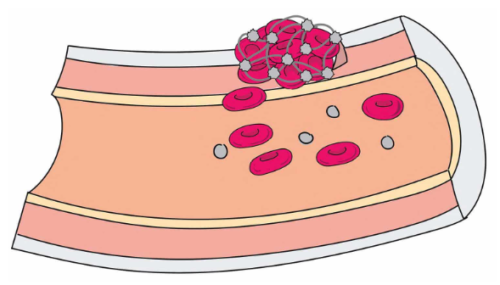2024-04-11 バッファロー大学(UB)
<関連情報>
- https://www.buffalo.edu/news/releases/2024/04/macrophages-role-pulmonary-fibrosis.html
- https://www.science.org/doi/10.1126/sciadv.adj9559#sec-3
肺線維症発症時のマクロファージの機械的活性化をモデル化し、抗線維症標的治療を目指す Modeling mechanical activation of macrophages during pulmonary fibrogenesis for targeted anti-fibrosis therapy
YING XU , LINXUAN YING, JENNIFER K. LANG, BORIS HINZ , AND RUOGANG ZHAO
Science Advances Published:29 Mar 2024
DOI:https://doi.org/10.1126/sciadv.adj9559

Abstract
Pulmonary fibrosis is an often fatal lung disease. Immune cells such as macrophages were shown to accumulate in the fibrotic lung, but their contribution to the fibrosis development is unclear. To recapitulate the involvement of macrophages in the development of pulmonary fibrosis, we developed a fibrotic microtissue model with cocultured human macrophages and fibroblasts. We show that profibrotic macrophages seeded on topographically controlled stromal tissues became mechanically activated. The resulting co-alignment of macrophages, collagen fibers, and fibroblasts promoted widespread fibrogenesis in micro-engineered lung tissues. Anti-fibrosis treatment using pirfenidone disrupts the polarization and mechanical activation of profibrotic macrophages, leading to fibrosis inhibition. Pirfenidone inhibits the mechanical activation of macrophages by suppressing integrin αMβ2 and Rho-associated kinase 2. These results demonstrate a potential pulmonary fibrogenesis mechanism at the tissue level contributed by macrophages. The cocultured microtissue model is a powerful tool to study the immune–stromal cell interactions and the anti-fibrosis drug mechanism.


